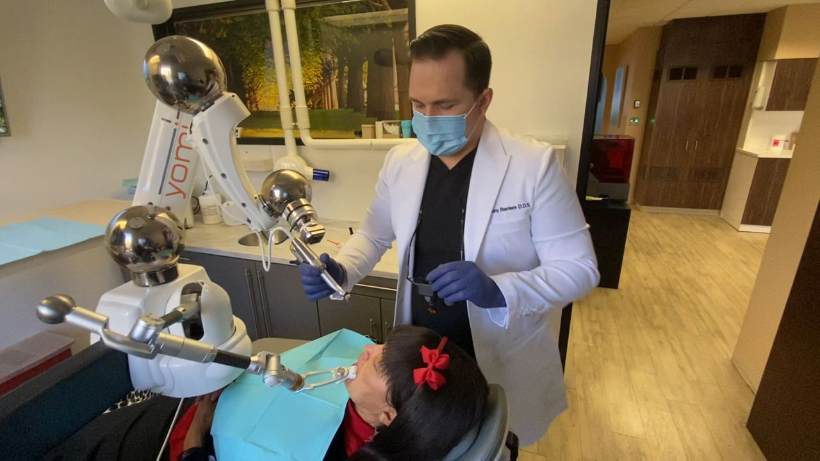
The Art and Science of Dental Prosthetics
05 Sep, 2023
 Danish Ahmad
Danish AhmadIn the world of dentistry, the creation of dental prosthetics stands as a remarkable blend of artistry and scientific innovation. Dental prosthetics, which include everything from dentures and crowns to bridges and implants, restore not only smiles but also confidence and quality of life. In this blog, we will delve into the fascinating world of dental prosthetics, exploring the seamless union of art and science that contributes to the creation of beautiful and functional smiles.
1. The Importance of Dental Prosthetics
A. Dental Prosthetics Restore Smiles and Confidence
a. The Role of Dental Prosthetics in Oral Health
Decay, Injury, and Aging: Reasons for Tooth Loss
Transform Your Beauty, Boost Your Confidence
Find the right cosmetic procedure for your needs.

We specialize in a wide range of cosmetic procedures

- Dental issues such as cavities, gum diseases, and trauma can lead to tooth loss. As we age, the risk of losing teeth increases due to the natural wear and tear of oral tissues.
- Tooth loss can also result from genetic factors, certain medications, and underlying health conditions like diabetes.
- Dental prosthetics offer solutions to these challenges, ensuring that individuals can maintain their oral health and overall quality of life.
2. The Artistry of Smile Design
B. Crafting Prosthetics with Artistic Precision
b. Designing Smiles: Artistic Input in Prosthetics
The Art of Mimicking Natural Tooth Color
- The color of dental prosthetics is meticulously chosen to match the surrounding natural teeth, ensuring a cohesive and natural appearance.
- Modern technology allows for shade matching, where dentists can pick the exact hue and translucency for the prosthetic.
- The goal is to make the prosthetic indistinguishable from natural teeth, allowing patients to smile with confidence.
3. The Science Behind Dental Materials
C. Modern Dental Materials Transform Prosthetics
c. Innovations in Dental Materials
Durability and Aesthetics with Modern Materials
- The choice of material for a dental prosthetic depends on its location in the mouth, the patient's bite, and aesthetic preferences.
- Newer materials are not only more durable but also mimic the light-reflecting properties of natural teeth.
- Research continues to develop even more advanced materials that can resist staining and wear over time.
4. Customization for Optimal Fit
D. Tailoring Prosthetics for Comfort and Aesthetics
d. Personalized Prosthetics: A Comfortable Fit
Precision Impressions and Scans
- Modern dentistry uses digital impressions, which are more comfortable for the patient and provide highly accurate data for the creation of prosthetics.
- These digital scans are then used to create a 3D model of the patient's mouth, ensuring a perfect fit for the prosthetic.
- Adjustments can be made easily and quickly, reducing the number of visits and ensuring patient satisfaction.
5. Dentures: A Time-Tested Solution
E. Evolution of Dentures for Natural Feel
e. Dentures: A Classic Solution
From Traditional Dentures to Modern Solutions
- While traditional dentures were often bulky and uncomfortable, advancements in design and materials have led to more natural-feeling and looking options.
- Modern dentures can be secured using dental implants, ensuring they don't shift or fall out.
- The design process involves considering the patient's facial structure, ensuring that the dentures support facial muscles and provide a natural appearance.
6. Crowns and Bridges: Restoring Tooth Functionality
F. Crowns and Bridges: Dental Solutions
f. Crowns vs. Bridges: Dental Repair Options
Restoring Tooth Shape and Function
- Crowns are often used when a tooth is damaged but not lost. They provide a protective cover, restoring the tooth's shape and function.
- Bridges, on the other hand, are used to replace one or more missing teeth. They are anchored to the adjacent healthy teeth, filling the gap and restoring function.
- Both options are designed to match the color and shape of the surrounding teeth, ensuring a natural appearance.
7. Dental Implants: The Pinnacle of Prosthetics
G. Dental Implants: The Future of Tooth Replacement
g. Implants: The Ultimate Prosthetic
The Surgical Advancement of Dental Implants
Most popular procedures in
Total Hip Replacemen
Upto 80% off
90% Rated
Satisfactory
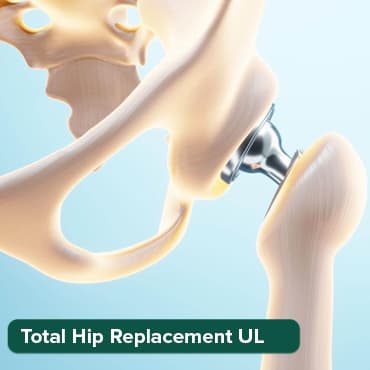
Total Hip Replacemen
Upto 80% off
90% Rated
Satisfactory
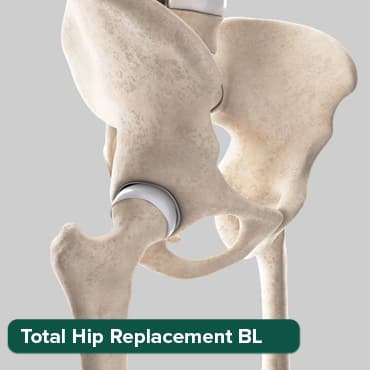
Breast Cancer Surger
Upto 80% off
90% Rated
Satisfactory

Total Knee Replaceme
Upto 80% off
90% Rated
Satisfactory
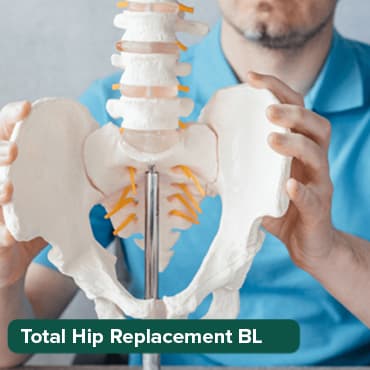
Total Knee Replaceme
Upto 80% off
90% Rated
Satisfactory
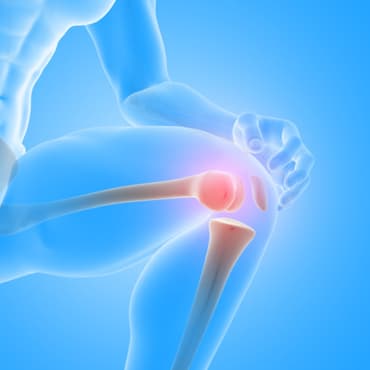
- Dental implants are made of biocompatible materials, ensuring that they integrate with the jawbone without causing any adverse reactions.
- They provide a stable foundation for other prosthetics, ensuring longevity and functionality.
- The surgical procedure for implants has a high success rate, and with proper care, they can last a lifetime.
8. Digital Dentistry and 3D Printing
H. Precision Manufacturing with Digital Dentistry
h. Advancements in Dental Manufacturing
The Efficiency of 3D Printing in Dentistry
- 3D printing has revolutionized dental prosthetics manufacturing, allowing for rapid production and high precision.
- This technology reduces the margin of error, ensuring that prosthetics fit perfectly and function optimally.
- As 3D printing technology advances, we can expect even more innovations in dental prosthetics.
9. Collaborative Approach
I. A Team Approach to Dental Prosthetics
I. Dental Professionals Unite for Prosthetics
A Team of Experts for Optimal Results
- The creation of dental prosthetics is a collaborative effort, with each professional bringing their expertise to the table.
- Regular consultations and discussions ensure that the patient's needs are met and that the final product is of the highest quality.
- This team approach ensures that every detail, from design to fit to aesthetics, is considered and optimized.
10. Restoring Confidence and Quality of Life
J. Beyond Function: The Psychological Impact
j. The Comprehensive Impact of Dental Prosthetics
Smile Restoration for Improved Well-Being
- A healthy smile is not just about aesthetics; it impacts speech, digestion, and overall health.
- Dental prosthetics restore functionality, allowing patients to eat a varied diet and speak clearly.
- The psychological benefits are immense, with patients reporting increased confidence, improved social interactions, and a better quality of life.
Conclusion
The art and science of dental prosthetics blend seamlessly to transform smiles and lives. From the meticulous artistry of smile design to the precision of digital dentistry, dental prosthetics reflect the evolution of dentistry as both a medical science and a creative discipline. Through the collaborative efforts of dental professionals, patients can reclaim their smiles, their confidence, and their oral health, embracing the positive impact of dental prosthetics on their overall well-being.
Wellness Treatment
Give yourself the time to relax
Lowest Prices Guaranteed!

Lowest Prices Guaranteed!






